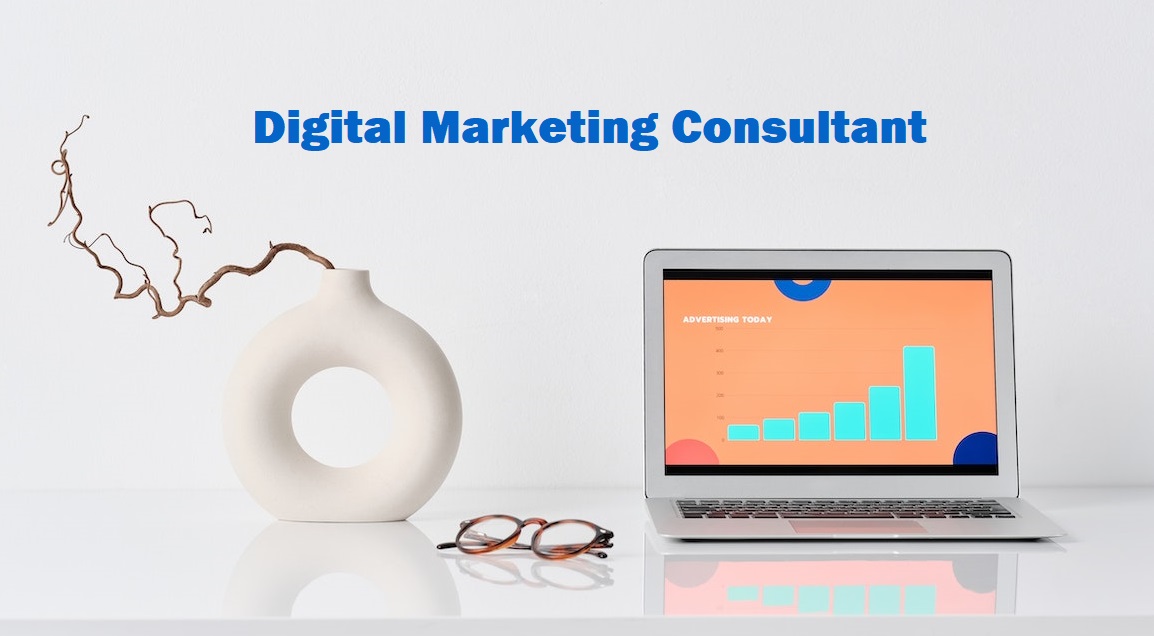A Step-by-Step Guide to Organic vs Paid Social Media Marketing
Social media marketing has become an essential tool for businesses to reach out to their target audience. With billions of people using social media platforms daily, it’s no surprise that social media marketing has become an essential tool for businesses to reach out to their target audience. However, with so many different social media platforms and marketing options available, it can be difficult to know where to start. In this article, we will provide a step-by-step guide to help you understand the differences between organic vs paid social media marketing and which one might be best for your business.

Step 1: Understand the Differences Between Organic and Paid Social Media Marketing
Organic social media marketing refers to the process of creating and publishing content on social media platforms that is not promoted or paid for. Organic social media posts are seen by your followers and their followers, but they do not receive any extra promotion from the social media platform itself.
Paid social media marketing, on the other hand, is the process of paying to have your social media posts promoted to a larger audience. When you run a paid social media campaign, you will typically pay a social media platform like Facebook, Twitter, or Instagram to promote your posts to a specific audience based on demographics, interests, and behavior.
Step 2: Determine Your Goals for Social Media Marketing
Before deciding on whether to focus on organic or paid social media marketing, you need to determine your goals for social media marketing. Some common goals of social media marketing include:
- Increasing brand awareness
- Driving website traffic
- Generating leads and sales
- Building customer loyalty and engagement
- Increasing social media followers and engagement
Once you have identified your goals for social media marketing, you can determine which approach, organic or paid, will be most effective for achieving those goals.
Step 3: Analyze Your Target Audience
To determine which social media platforms to focus on and which approach to take, you need to analyze your target audience. You can use tools like Facebook Audience Insights or Twitter Analytics to gather information about your target audience’s demographics, interests, and behavior.
For example, if your target audience is primarily millennials, you may want to focus on Instagram and Snapchat, which are popular among this age group. Alternatively, if your target audience is primarily professionals, you may want to focus on LinkedIn.
Step 4: Develop a Content Strategy
Regardless of whether you decide to focus on organic or paid social media marketing, you need to develop a content strategy. Your content strategy should be based on your goals and target audience, and it should include a mix of different types of content, such as:
- Blog posts and articles
- Infographics and images
- Videos
- Live video
- Polls and quizzes
Your content strategy should also include a posting schedule, which should be based on when your target audience is most active on social media.
Step 5: Develop an Organic Social Media Marketing Strategy
If you decide to focus on organic social media marketing, you need to develop an organic social media marketing strategy. Your organic social media marketing strategy should focus on creating and publishing content that engages your target audience and encourages them to share your content with their followers.
To develop an effective organic social media marketing strategy, you need to:
- Create high-quality content that is relevant to your target audience
- Use hashtags to increase the visibility of your posts
- Engage with your followers by responding to comments and messages
- Encourage user-generated content by asking your followers to share their experiences with your brand
- Monitor your social media channels for mentions of your brand and respond promptly to any negative comments or feedback
Step 6: Develop a Paid Social Media Marketing Strategy
If you decide to focus on paid social media marketing, you need to develop a paid social media marketing strategy. Your paid social media marketing strategy should focus on targeting the right audience and promoting your content effectively to increase engagement, traffic, and conversions.
To develop an effective paid social media marketing strategy, you need to:
- Set a budget for your paid social media campaigns
- Define your target audience based on demographics, interests, and behavior
- Choose the right social media platform for your campaign
- Create high-quality, eye-catching content that will grab the attention of your target audience
- Use targeting options to reach the right audience, such as location, interests, behaviors, and demographics
- Set up tracking and measurement tools to monitor the success of your campaigns
- Adjust your campaigns as needed based on the results you see
Step 7: Evaluate and Optimize Your Social Media Marketing Strategy
Regardless of whether you focus on organic vs paid social media marketing, it’s essential to evaluate and optimize your social media marketing strategy regularly. Analyze your social media metrics, such as engagement rates, click-through rates, and conversions, to determine what’s working and what’s not.
You can use A/B testing to test different content formats, targeting options, and ad formats to optimize your campaigns for better performance. Make changes to your social media marketing strategy based on the insights you gather to continually improve your results.
Conclusion
In conclusion, both organic vs paid social media marketing can be effective ways to reach your target audience and achieve your marketing goals. However, the approach you choose will depend on your goals, target audience, and budget.
Organic social media marketing can be a great way to engage your followers and build your brand’s reputation on social media. Paid social media marketing can help you reach a broader audience, generate leads and sales, and drive website traffic. By following the steps outlined in this guide, you can develop a social media marketing strategy that works for your business and achieves your goals.


